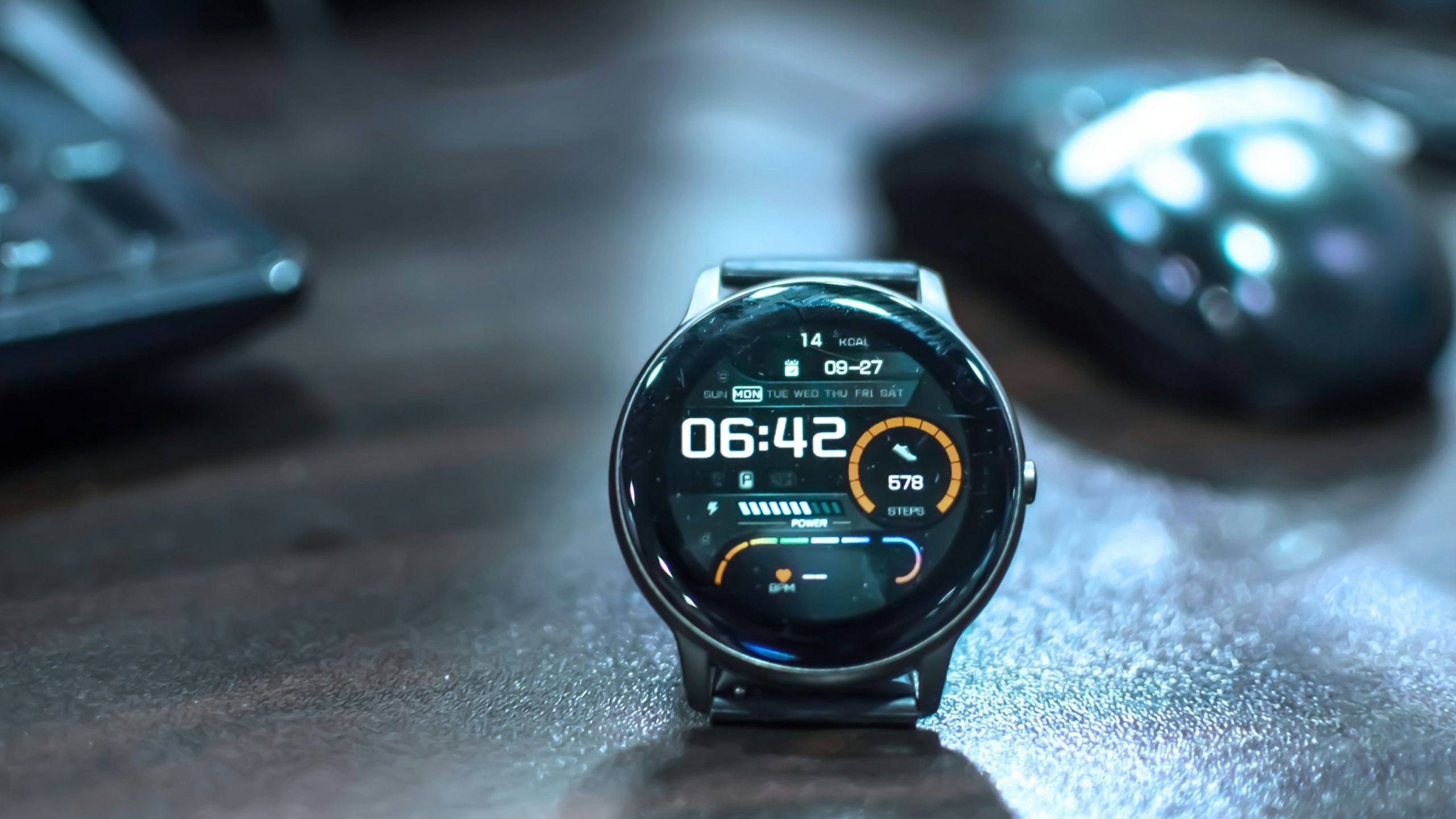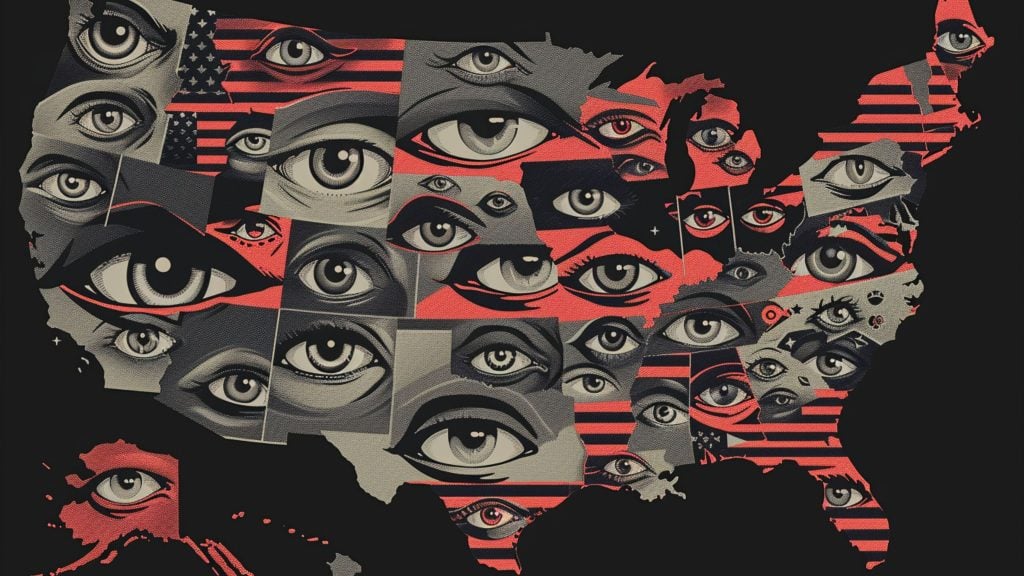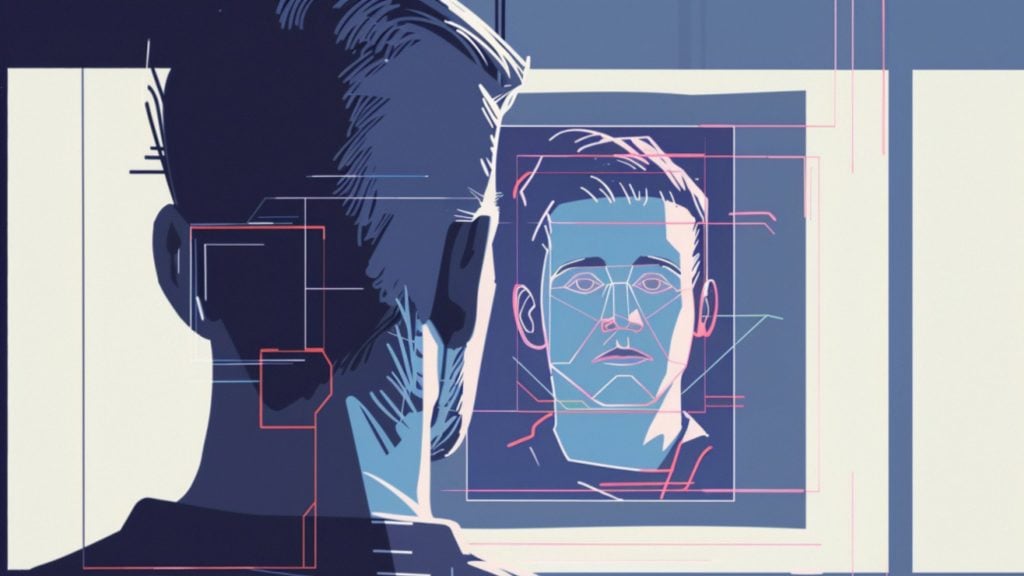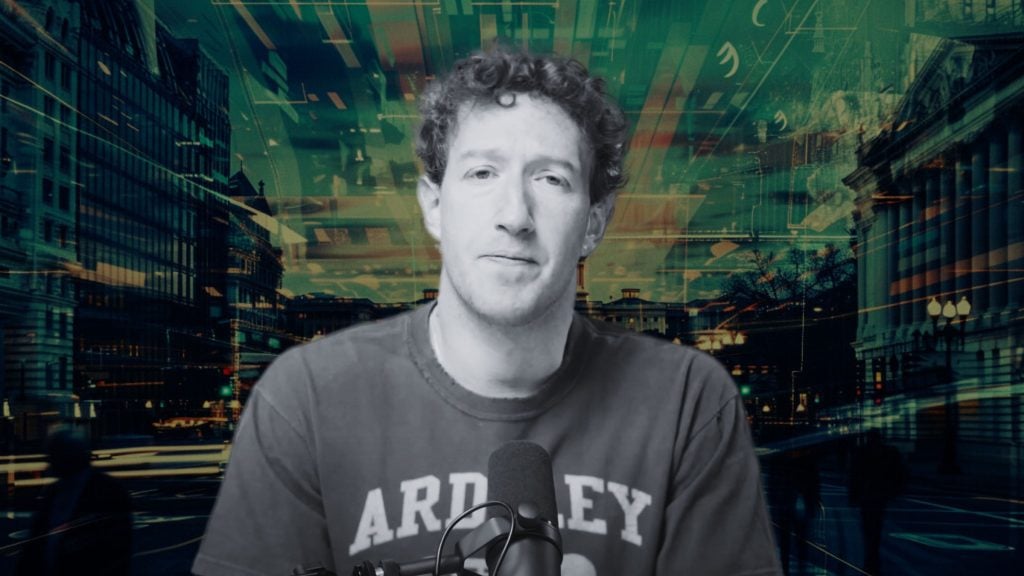The National Institutes of Health is quietly assembling a vast digital mosaic of Americans’ private medical histories, pulling sensitive data from both government-run health systems and commercial sources to support autism research tied to Health and Human Services Secretary Robert F. Kennedy Jr.’s latest project. The new scheme involves a sweeping plan to integrate diverse streams of health data into a single platform, raising significant concerns about privacy, oversight, and long-term use.
According to NIH Director Dr. Jay Bhattacharya, the data aggregation includes pharmacy transactions, insurance claims, clinical test results, and even personal metrics collected from wearable tech such as fitness trackers and smartwatches.
This is not the “autism registry” that has been reported to developed, something the Department of Health and Human Services has denied.
Instead of a traditional registry, what the government calls a “real-world data platform” will be established. This platform will link data to support research into the causes of Autism.
Health information from the Department of Veterans Affairs and the Indian Health Service is also being funneled in, creating a massive, centralized repository with a wide lens on the US population.
As Bhattacharya told agency advisers on Monday, the objective is to eliminate the fragmentation that currently limits access to existing health data sets. He said the new system would cut down on redundancies and make it easier for researchers to conduct large-scale analysis.
“The idea of the platform is that the existing data resources are often fragmented and difficult to obtain. The NIH itself will often pay multiple times for the same data resource. Even data resources that are within the federal government are difficult to obtain,” he said.
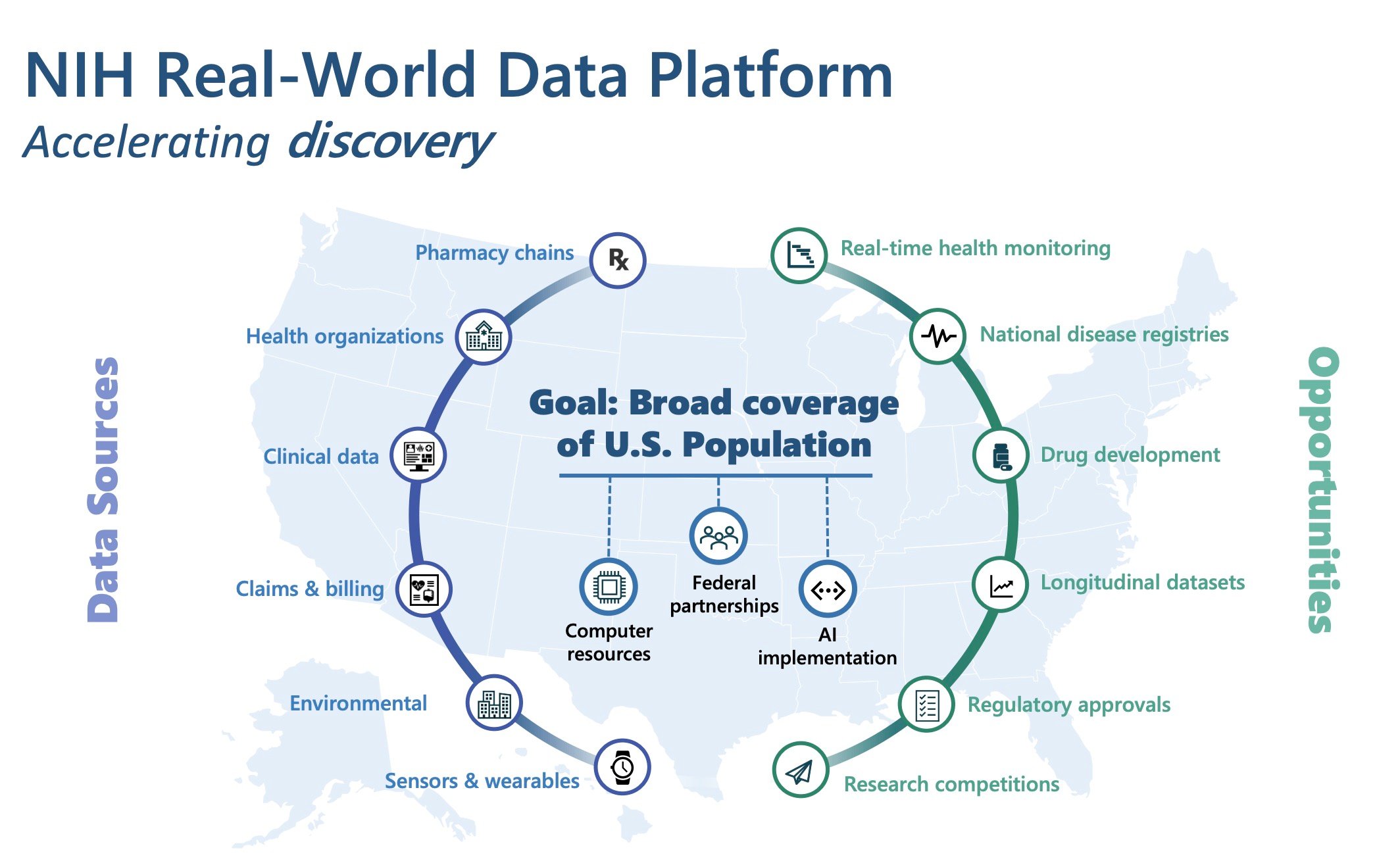
To expand the reach even further, NIH is now in discussions with the Centers for Medicare and Medicaid Services to loosen restrictions on federal health data sharing. If finalized, this would open the door to some of the most detailed and longitudinal health records in the country.
All this information, ranging from genomic profiles to step counts, will be linked within the NIH’s new research environment, where outside researchers selected for the autism studies will be allowed to analyze it.
Bhattacharya asserted that the data cannot be downloaded and that access will be confined to secure platforms with “state of the art protections” in place.
“What we’re proposing is a transformative real-world data initiative, which aims to provide a robust and secure computational data platform for chronic disease and autism research,” Bhattacharya said.
Still, the scope of what’s being collected and linked will raise alarms for privacy advocates, who worry about how securely this sensitive information will be stored, who will ultimately have access to it, and whether the individuals it describes will ever know their data is being used. The inclusion of behavioral data from fitness devices, alongside genomic and insurance records, pushes the boundary of what most people expect when they visit a doctor or wear a health-tracking watch.
Despite these questions, the NIH is pushing ahead, with plans to start issuing research grants tied to the autism studies by September. While Bhattacharya said the science would follow a rigorous selection process, the unprecedented level of data being offered may outpace existing privacy frameworks designed for more limited research efforts.

